The Automotive Air Deflector Market is characterized by a highly competitive landscape where various companies are striving to enhance their market position through innovative product offerings and strategic collaborations. As the automotive industry continues to evolve with a focus on aerodynamic performance, fuel efficiency, and passenger comfort, air deflectors have gained recognition as essential components in modern vehicles.
This has led to increasing investments in research and development, allowing manufacturers to improve air deflector designs, materials, and functionality. The competitive insights reveal that companies are not only competing on price but also on technological advancements, quality, and the ability to meet stringent regulatory standards.
The role of supply chain efficiency and customer service is also crucial as companies strive to respond quickly to market demands and establish long-term relationships with automotive OEMs and aftermarket suppliers.
Rohm and Haas has a notable presence in the Automotive Air Deflector Market, leveraging its extensive experience and expertise in chemical manufacturing to produce advanced materials that enhance air deflector performance. The company's strengths lie in its commitment to innovation and sustainability, which aligns with the growing demand for eco-friendly automotive solutions.
Rohm and Haas have developed specialized coatings and adhesives that improve the durability and aerodynamic efficiency of air deflectors, further boosting fuel economy and reducing emissions. Their ability to provide tailored solutions to meet specific customer needs gives them a competitive edge in the market.
Additionally, Rohm and Haas' well-established distribution network allows for effective supply chain management, enabling swift delivery of products to manufacturers and aftermarket distributors alike.
Aisin Seiki Co. plays a significant role in the Automotive Air Deflector Market, driven by its strength in automotive component manufacturing and a strong focus on quality and technology. Recognized for producing high-performance automotive parts, Aisin Seiki Co offers air deflectors that are designed to meet the precise requirements of modern vehicles, enhancing aerodynamic efficiency and reducing wind noise.
The company's emphasis on research and development has led to innovative solutions aimed at improving vehicle performance and passenger comfort. Their integration of smart technologies and automation in the manufacturing process ensures high quality and consistency in product offerings.
Furthermore, Aisin Seiki Co's steadfast partnerships and collaborations with leading automotive manufacturers enhance its market positioning, allowing it to remain competitive in this dynamic landscape. As this company continues to innovate, its influence in the automotive air deflector segment is expected to grow.
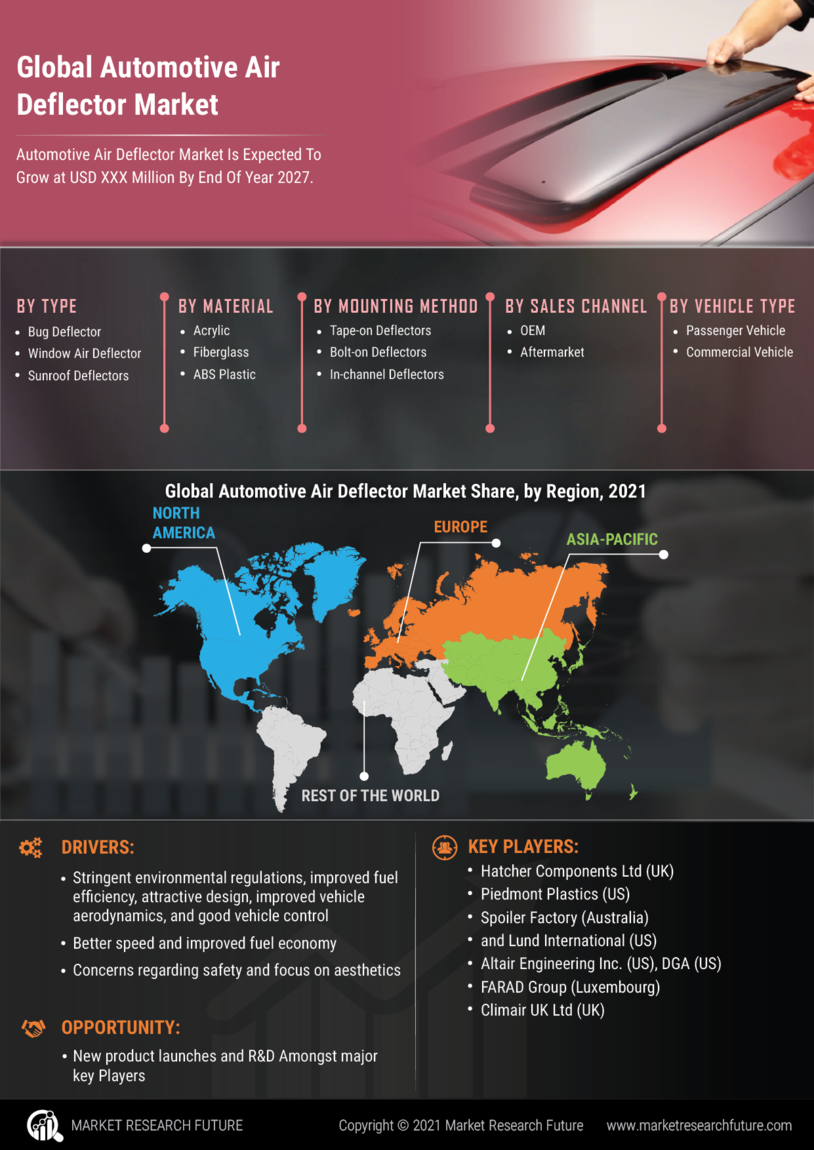

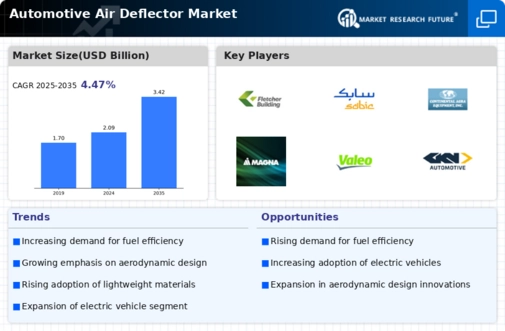
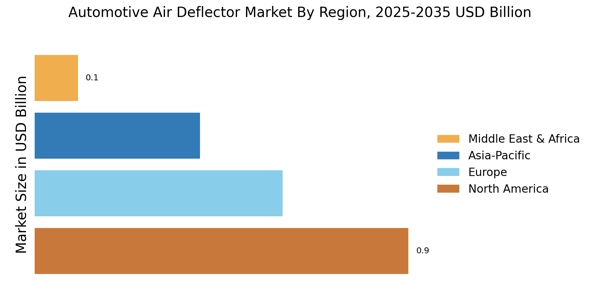

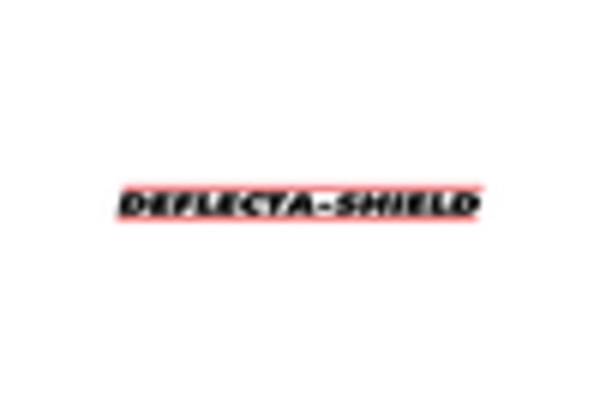
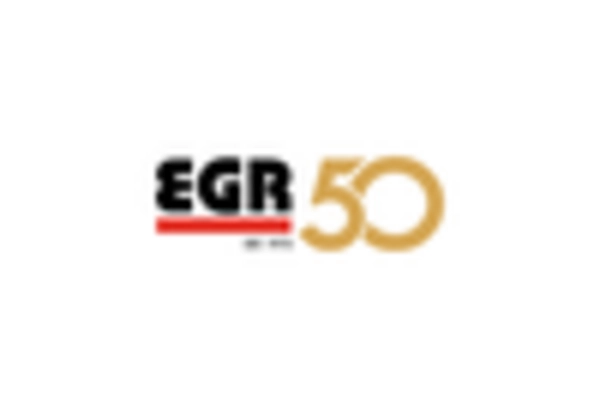
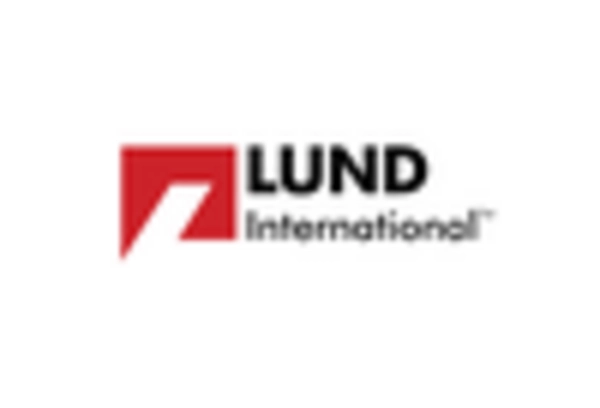
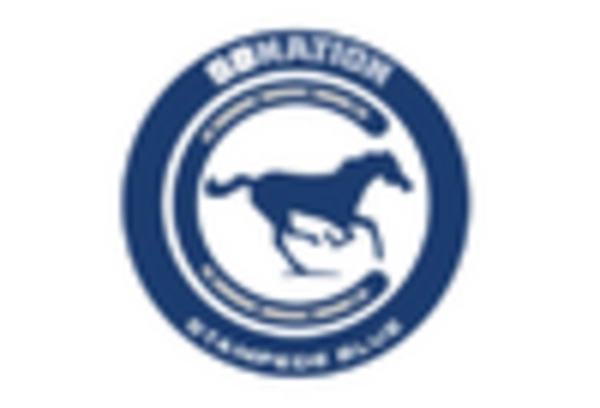
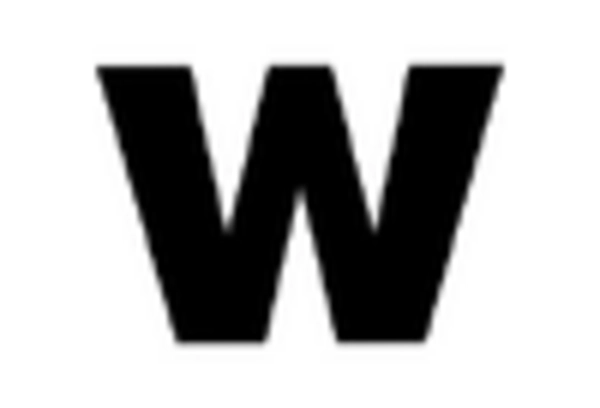








Leave a Comment